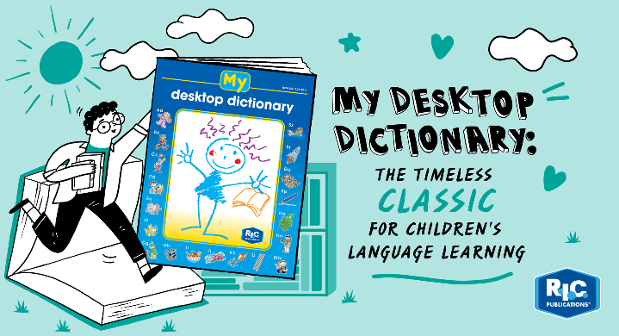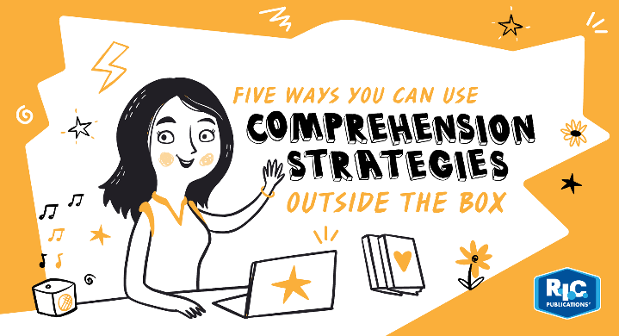- Friday 16 June 2023
- 0 Comments
For the longest time, I thought that phonemic awareness and phonics belonged only in Grades 1–3—isn’t that where learners begin to read and write?
It turns out that phonemic awareness and phonics skills are absolutely crucial in the development of reading, spelling and writing skills, not only in Grades 1–3, but right throughout primary school.
How do I know this? I teach it, and I teach other educators how to get the best out of the programme, too. Each time I connect with a classroom of children, or a group of trainees, I am reminded of the important impact Sounds in Focus has on a child’s learning journey.
I will never forget the hesitant Grade 6 science educator who attended a training session with little enthusiasm—after all, why should a science educator attend a language training session? However, after using the Sounds in Focus approach in his science class for a few weeks, he attended another session—he was completely hooked. The skill to break down difficult terminology, and grasp the meanings of different parts of words, was missing in his science class all along. He saw the potential of his learners unlocked by slotting in this missing piece of science literacy and comprehension.
While we may be dealing with the power of synthetic phonics, there’s nothing fake about Sounds in Focus—and the results are organic for learners despite the structured system.
What is Systematic Synthetic Phonics?
Systematic synthetic phonics is an approach to phonics instruction that involves explicitly and systematically teaching the relationship between phonemes and graphemes. When you consider that all words in English are made up of a combination of the phonemes, it makes sense to cover them all, doesn’t it? Sounds in Focus covers 43 phonemes in the span of 36 weeks.
Whole-School Programme
Sounds in Focus is a whole-school programme, stretching from Grade R up to Grade 7. The sequence of teaching is the same through all grades, gradually scaffolding from simple to more complex as the learners progress from Grade R to Grade 7. The programme focuses on one or two sounds a week for the whole school.
Educators, from Grade 4 upwards, will finally have a tool to support the struggling readers in their classroom. The whole-school nature of the programme makes it super easy to differentiate teaching to include learners from all levels. You can simply pop onto the online portal and access all the work from each grade to assist any learner that needs additional support.
Online Portal
The Sounds in Focus online portal is stacked with resources—the highlight for me being the two assessments per grade. These assessments determine the level of your learners, indicating exactly who needs additional support, and where the problem areas lie. The kids have access to the learner portal where they can practise segmenting and play engaging games—which is great fun for educators as well as learners.
Spelling, Reading and Writing
Spelling lists do not always have a good reputation. Not only are the words on them often randomly selected, but the learners must memorise them with little to no instruction.
The word lists in Sounds in Focus are carefully curated to include high-frequency words, less common (but useful) words and technical vocabulary, all containing the focus sound for the week.
The learners then really ‘work’ with these listed words, breaking them into their smallest phonemes, and studying their morphology and origins. At the end of the week, the learners are not only able to read the 20 list words by sight and understand their meaning, but they have also learnt about the meaning of prefixes, suffixes and spelling patterns—knowledge that can be applied when reading any other text.
What makes Sounds in Focus unique is that the teaching of spelling takes place directly alongside the teaching of language concepts and skills. It is not boring and tedious—the learners sing, dance, play and actively engage with the content.
How To Use Sounds in Focus in The Classroom
The programme provides all the resources and guidance that educators need to implement synthetic phonics in the classroom. Assessments, lesson plans, game templates, extension activities, remediation packs, and scope and sequence documents are all included.
The end goal in teaching reading, writing and spelling in the classroom has to be learners reading fluently and with comprehension. If your learners are able to decode like champs, and they regularly practise the morphology and etymology related to what they are reading, they are well on their way to becoming fluent readers. Reading opens up a world of opportunity, so, as a Sounds in Focus educator, I am delighted that more educators and learners have access to the programme.
Renera,
Educator and Trainer



